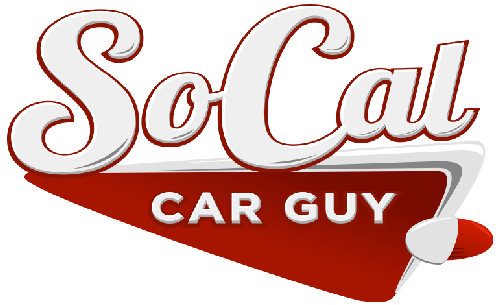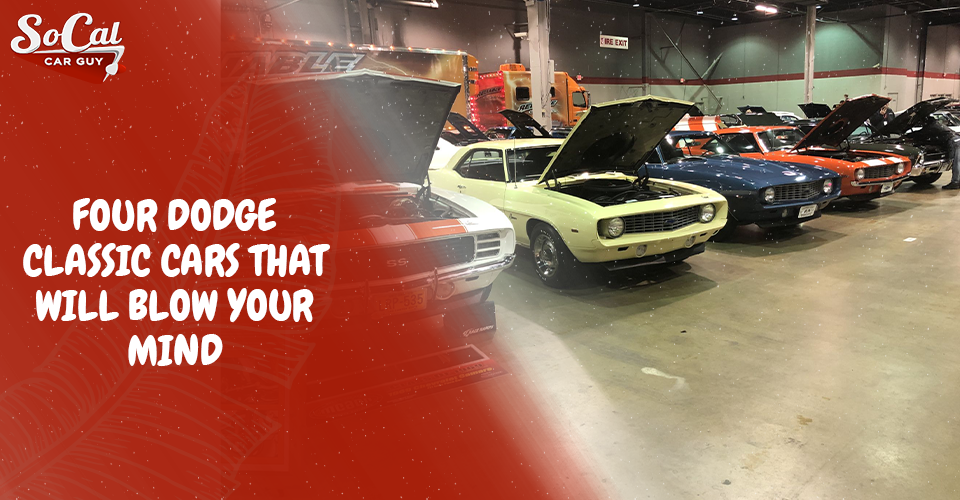Four Dodge Classic Cars That Will Blow Your Mind
The history of classic cars has shaped the Dodge of today, embracing both cutting-edge technology and dynamic appearance. In addition to Plymouth, DeSoto, Chrysler, and Imperial, classic automobiles have devoted collectors ranging from restoration to racing.
Dodge Charger Street Hemi 1966
Ford dealers had the new Mustang, while Plymouth franchisees had the Barracuda. The 1966 Charger fastback was the result. Lynn Townsend asked his staff to come up with a concept to reassure a decreasing dealer base. The new Dodge classic car was built on the same B-Body platform as the Coronet. The first-generation Charger had a wide range of V8 engines, including the new 426ci Street Hemi, high-end aesthetics, bucket seating for front and rear passengers, a full-length console, electroluminescent gauges, and fold-down rear seats for tremendous stowage capacity, but sales were slow. The 1966–1967 Charger was only appreciated by the general public decades later.
Dodge Challenger R/T 1970
However, despite the fact that the Ford Mustang debuted in 1964, and the Dodge Challenger race car debuted in 1970, they were both cut from the same cloth. In order to deliver a compact, uncomplicated, and nimble European sports vehicle to the domestic market with an American twist, Lee Iacocca pushed Ford to design the Mustang. The Dodge Challenger race car, in contrast to the Mustang, was created for the high-performance enthusiast looking for a pony car experience on wheels. The Challenger R/Ts had a 335hp, 383ci B-series big-block as standard equipment in 1970, making them longer and more expensive than Barracudas. The 390 horsepower 440ci Six-Pack, the 375 horsepower 440ci Magnum, and the 425 horsepower 426ci Hemi power the Challenger R/performance T.
Dodge Coronet Super Bee 1968
This cheap Dodge classic car was based on Chrysler’s B-body architecture and was called the Coronet Super Bee. For this reason, the Super Bee has been dubbed the Coronet Super Bee. The Super Bee debuted at a 1968 vehicle exhibition in Detroit. The Super Bee weighs roughly 29 kg more than the Coronet convertible. The Coronet had a Hemi-powered Super Bee. Mid-year saw the introduction of the 390 BHP 7.2L three-two-barrel carburetor engine. A twin-looped front bumper was added to the Super Bee 70 versions. The 71′ model came in a 4-door station wagon and a sedan body type.
Dodge Polara 1960
The Ford Falcon was the first Dodge classic car released in the 1960s. The Polara was superseded by the Monaco in 1973, a full-sized muscle vehicle with an FR configuration. For the 1960–1961, Dodge offered six body types with two automatic and three manual transmission options.
Conclusion
Polara II (1962–64) was redesigned and was smaller and lighter than Polara I. This model had a 5.9-liter V8 engine with 305 horsepower. Both the automatic and manual transmissions were available in six body variants.

